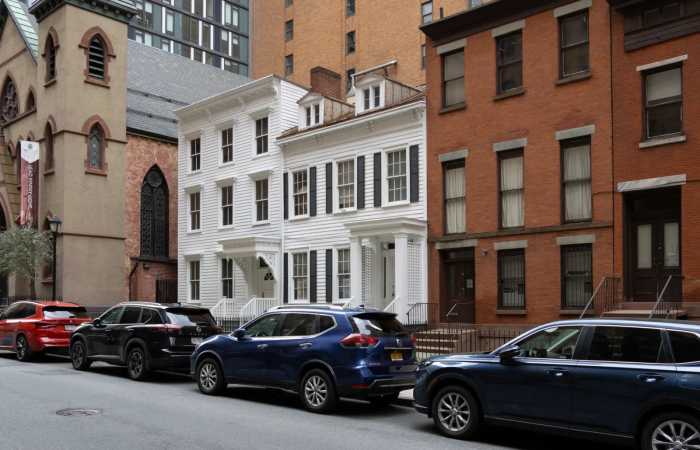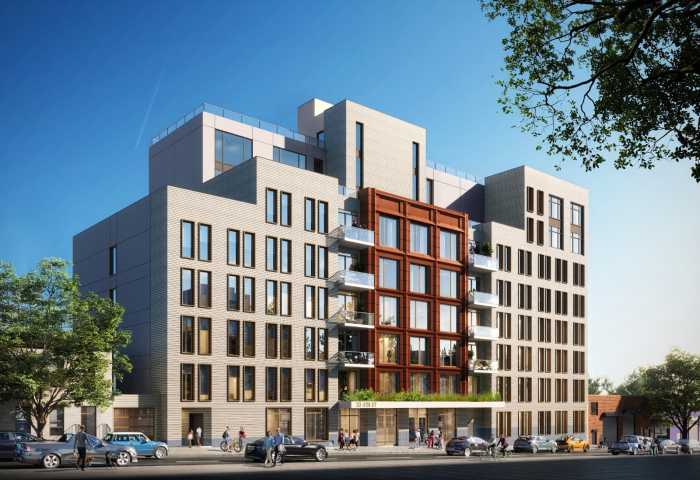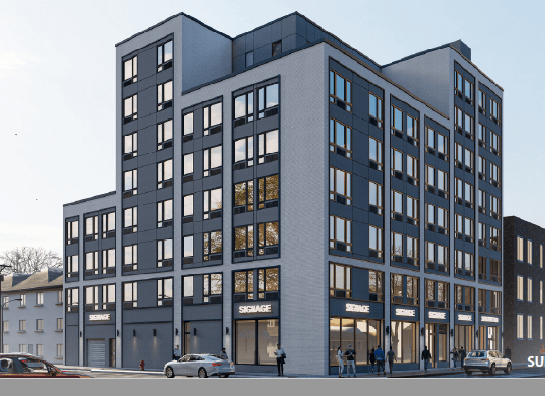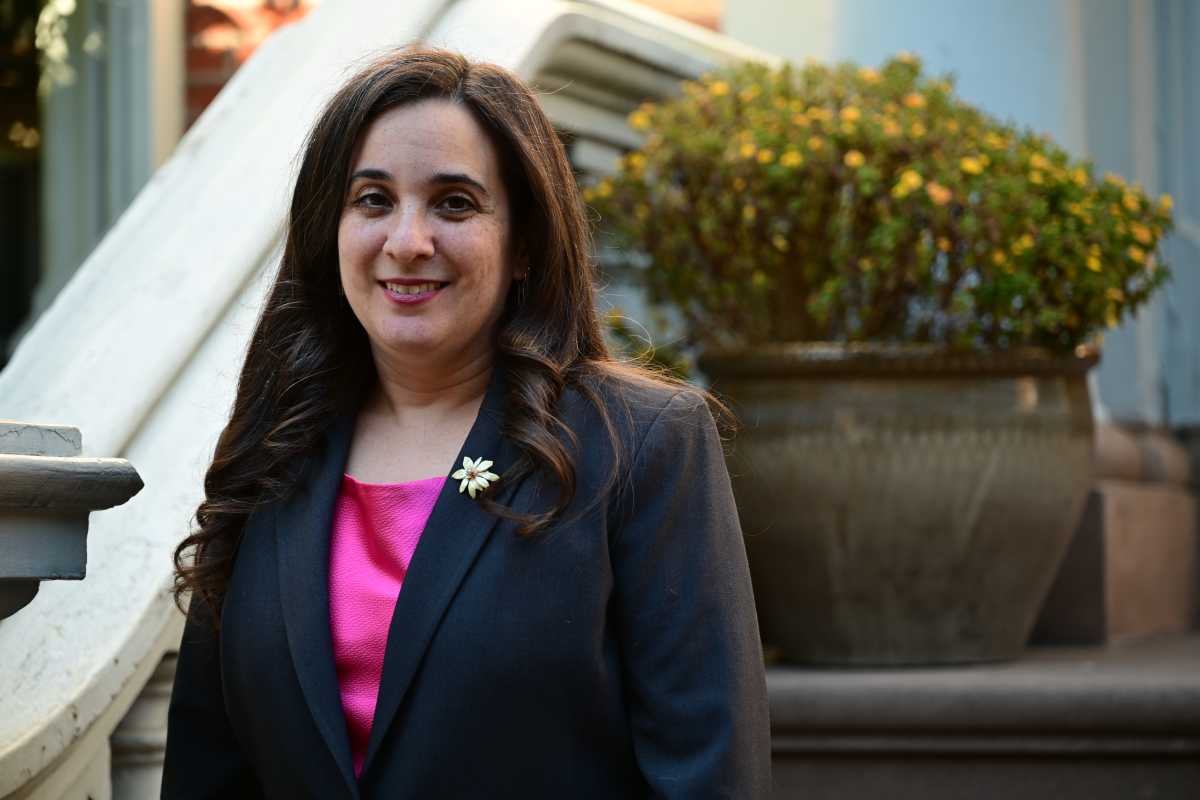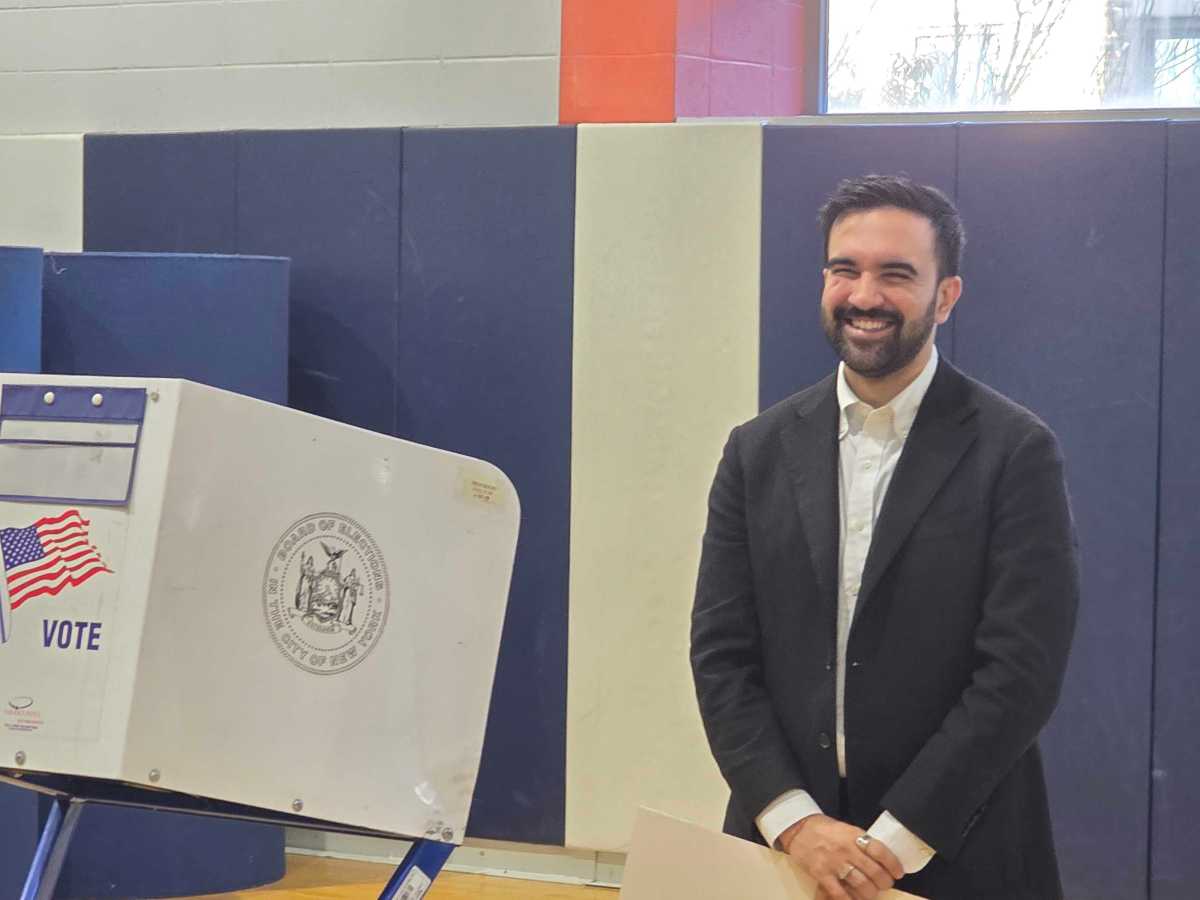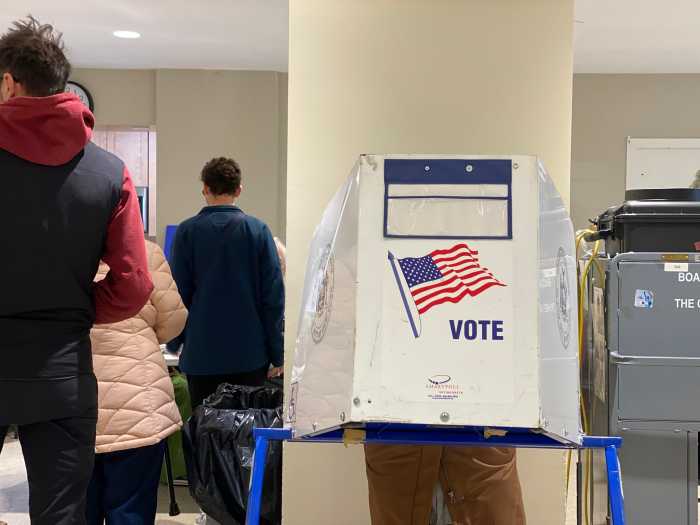Surf’s up!
Coney Island’s Surf Avenue has reopened after an eight-month construction project which forced closure of the densely traveled roadway, causing painful traffic delays across the peninsula.
The three-phase project, which shuttered the avenue between W. 16th and W. 21st streets, was designed to raise Surf Avenue by three-and-a-half feet in an effort to improve storm drainage in the flood-prone neighborhood, as well as support a massive real estate development in the area.
While locals celebrated the reopening, the area’s councilman chastised the government officials tasked with overseeing the project, who he said failed to properly manage the construction effort.
“This was a bureaucratic mess,” said Mark Treyger (D–Coney Island). “It called into question the oversight, and accountability. Who is in charge?”
Treyger said he understood the inherent complications of the large-scale project, which was done in concert with other ventures on the cramped peninsula, and which involved multiple government agencies, but felt that officials botched basic traffic-mitigation efforts.
“You need traffic agents stationed at problematic intersections,” said Treyger. “There have been a number of times that I had to call the NYPD and City Hall to make sure the traffic agents were there, because often times, they were not.”
Treyger pointed to a recent incident where a construction vehicle fatally struck a 58-year-old man in the crosswalk of W. 21st Street on May 11 as evidence of lacking safety precautions.
The construction vehicle operator, who had been working through the weekend to meet the project’s May 15 deadline, was issued multiple safety equipment violations in response to the tragedy, according to police.
Treyger also blasted the lack of communication between agencies and other entities throughout the project, even attempting to centralize information flow through monthly coordination meetings.
“There were times when the contractors were doing work beyond the agreement,” he said. “For example, you can’t close off Neptune [Avenue] while Surf is closed.”
Still, Treyger stood by the decision to fully close the roadway for eight months, rather than the alternative option presented by the Economic Development Corporation — a quasi-governmental agency tasked with growing the city’s economy — to partially close it for three-and-a-half years.
“Knowing what I know now, they would’ve probably take more than three-and-a-half years,” he said. “The last eight months have not been easy, but if they had gone with option two, I think there would have been more egregious violations of the agreement, and it probably would’ve lead to full street closures. This was the lesser of two evils.”




